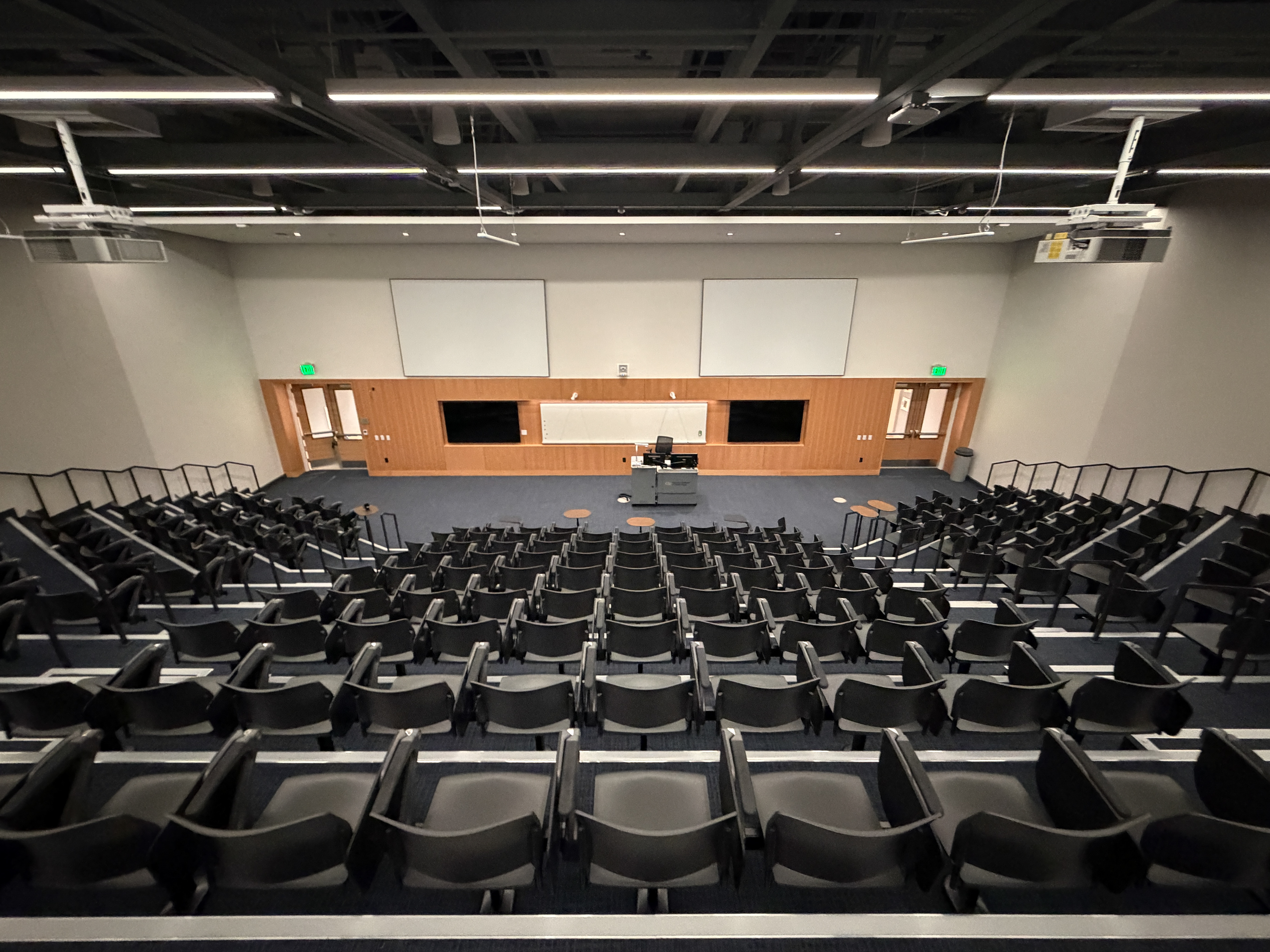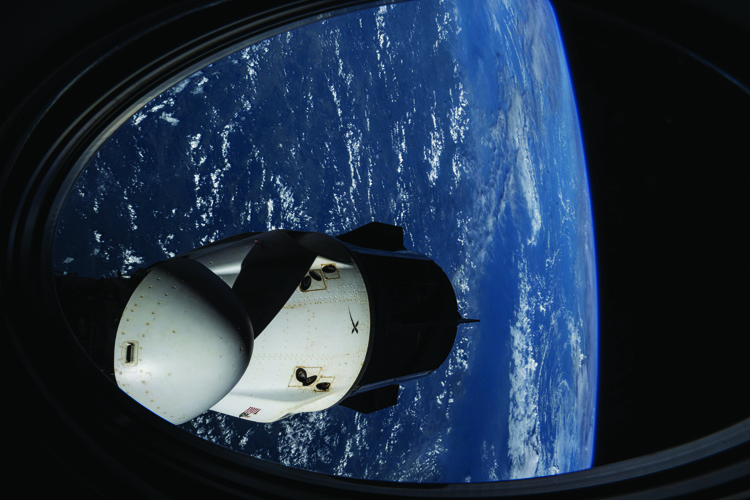Pres. Cabrera: Keeping Georgia Tech First in Flight
By: Ángel Cabrera, MS Psy 93, PhD Psy 95 | Categories: Featured Stories

1. Georgia Tech is driving local and national aerospace growth.
Many people don’t realize that aerospace products—from planes and satellites to engines, parts, and aviation technology—are by far Georgia’s No. 1 export, bringing in $12.6 billion in revenue each year. Tech has one of the oldest aerospace engineering schools in the country, and it’s ranked No. 1 among public institutions. Those are not just coincidences. If you build and operate one of the world’s top aerospace programs, you’re going to attract companies that want access to your research and talent.
2. Tech’s aerospace program has outgrown its infrastructure.
Aerospace is one of Tech’s fastest growing majors, and the student experience here is unbelievable. For example, three years ago, our students had mission control right here on campus for the NASA-backed Lunar Flashlight mission. I’ve seen the magic that happens here, but the Guggenheim School’s facilities are long due for an upgrade. Right now, the program operates across seven different buildings—many of which are in desperate need of renovation—and laboratory space is at a premium. We need a new building to house the sophisticated research and instruction happening here, to maintain our prominence in this field, and to bring us into the next era of aerospace. We’re also making other strategic investments to reflect the impressive work of our students and faculty. We’re opening a new Aircraft Prototyping Laboratory in the North Avenue Research Area that will allow us to operate vertical takeoff and landing aircraft and to build and test drones and electric aircraft. We also recently launched the Space Research Institute, which will bring together experts in engineering, science, policy, economics, international affairs, and more.
3. Top aerospace companies are hiring Tech grads.
Each year, Tech produces 10% of all aerospace engineering PhDs in the U.S. Every time I visit an aerospace company—whether it’s Blue Origin in Seattle, Gulfstream in Savannah, or Lockheed Martin in Marietta—I run into alumni who are leading and making a difference. Investing in our aerospace program is not just an investment for Tech. It’s also an investment in our state’s economy and our national security. It’s an investment in jobs, in innovation, and in shaping the future of the aerospace industry.
Top Photo: Rendering of RAVEN aircraft, a collaborative effort with NASA that will be housed in Tech’s Aircraft Prototyping Laboratory.


